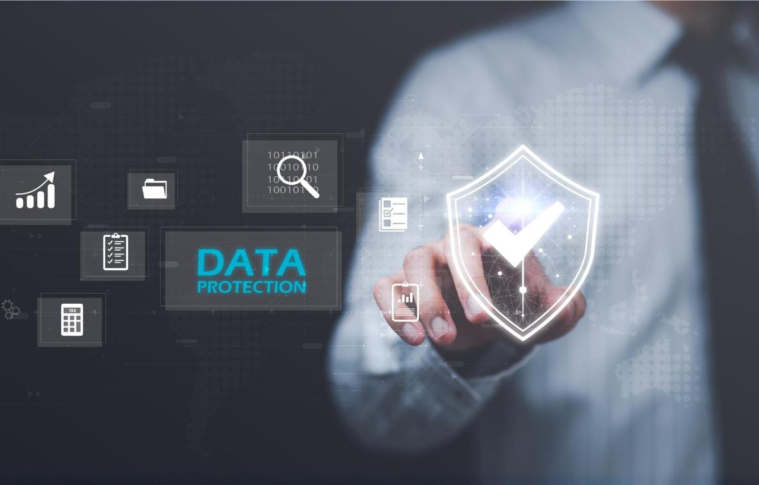Introduction
The year 2025 is shaping up to be a pivotal moment for cybersecurity as organizations confront emerging threats and adapt to new technological advancements. This case study explores how DataShield Enterprises, a global technology firm, adopted the latest cybersecurity trends to protect its digital infrastructure, ensure compliance, and maintain operational resilience.
Background
DataShield Enterprises provides IT services to clients across finance, healthcare, and e-commerce sectors. In 2024, the company faced increasing cyberattacks, ranging from AI-driven phishing campaigns to supply chain vulnerabilities. Recognizing the urgency, DataShield revamped its cybersecurity strategy, focusing on key trends predicted to dominate 2025.
Cybersecurity Trends in 2025 and DataShield’s Implementation
- Zero Trust Architecture (ZTA)
- Trend: With perimeter-based security becoming obsolete, Zero Trust ensures continuous verification of users, devices, and applications before granting access.
- Challenge: DataShield’s legacy access control systems were insufficient for the growing hybrid work model.
- Action:
- Implemented a Zero Trust Network Access (ZTNA) solution, ensuring strict identity verification for all users.
- Deployed multi-factor authentication (MFA) and continuous user activity monitoring.
- Result: Reduced unauthorized access incidents by 70%.
- AI-Powered Threat Detection
- Trend: Cybercriminals are leveraging AI to develop sophisticated attacks. In response, organizations are using AI to predict and neutralize threats in real-time.
- Challenge: Existing detection systems were slow in identifying complex threats like polymorphic malware.
- Action:
- Adopted AI-driven Security Information and Event Management (SIEM) tools to detect anomalies.
- Trained AI models on historical data to predict potential attack patterns.
- Result: Enhanced threat detection accuracy by 85%, minimizing false positives.
- Post-Quantum Cryptography (PQC)
- Trend: Quantum computing threatens to break traditional encryption. Transitioning to quantum-safe cryptography has become a priority.
- Challenge: DataShield’s encryption protocols were vulnerable to potential quantum computing advancements.
- Action:
- Integrated quantum-resistant encryption algorithms into critical systems.
- Partnered with a quantum computing research team to stay updated on cryptographic innovations.
- Result: Ensured long-term data security and compliance with emerging encryption standards.
- Cybersecurity Mesh Architecture (CSMA)
- Trend: CSMA enables organizations to deploy modular security components, improving agility and scalability.
- Challenge: Centralized security systems failed to accommodate the growing number of cloud-based and remote assets.
- Action:
- Built a cybersecurity mesh to manage security across distributed environments.
- Integrated identity management, threat analytics, and endpoint security into a unified system.
- Result: Improved security efficiency by 60% and reduced response times for incidents.
- Supply Chain Security
- Trend: Cybercriminals increasingly exploit third-party vendors to infiltrate larger networks.
- Challenge: DataShield lacked visibility into its supply chain partners’ security measures.
- Action:
- Introduced a vendor risk management program, including regular audits and assessments.
- Required third-party vendors to comply with strict security protocols, such as ISO 27001 standards.
- Result: Reduced supply chain vulnerabilities by 50%, preventing potential breaches.
- Biometric Authentication
- Trend: Traditional passwords are being replaced by biometric authentication for enhanced security.
- Challenge: Employees were resistant to adopting new authentication methods.
- Action:
- Rolled out biometric login options like facial recognition and fingerprint scanning for critical systems.
- Conducted training sessions to address concerns and ensure smooth adoption.
- Result: Improved user authentication speed and security while achieving 95% employee compliance.
Key Outcomes
- Enhanced Security Posture: By embracing cutting-edge cybersecurity trends, DataShield minimized vulnerabilities across its digital ecosystem.
- Operational Continuity: The organization maintained uninterrupted operations, even during attempted cyberattacks.
- Industry Leadership: DataShield’s proactive approach positioned it as a trusted cybersecurity leader, attracting new clients.
Conclusion
The cybersecurity landscape in 2025 demands constant innovation and adaptability. By integrating trends like Zero Trust, AI-driven threat detection, and post-quantum cryptography, DataShield Enterprises safeguarded its operations and strengthened its client relationships. This case study underscores the importance of staying ahead of emerging threats to thrive in the evolving digital age.



